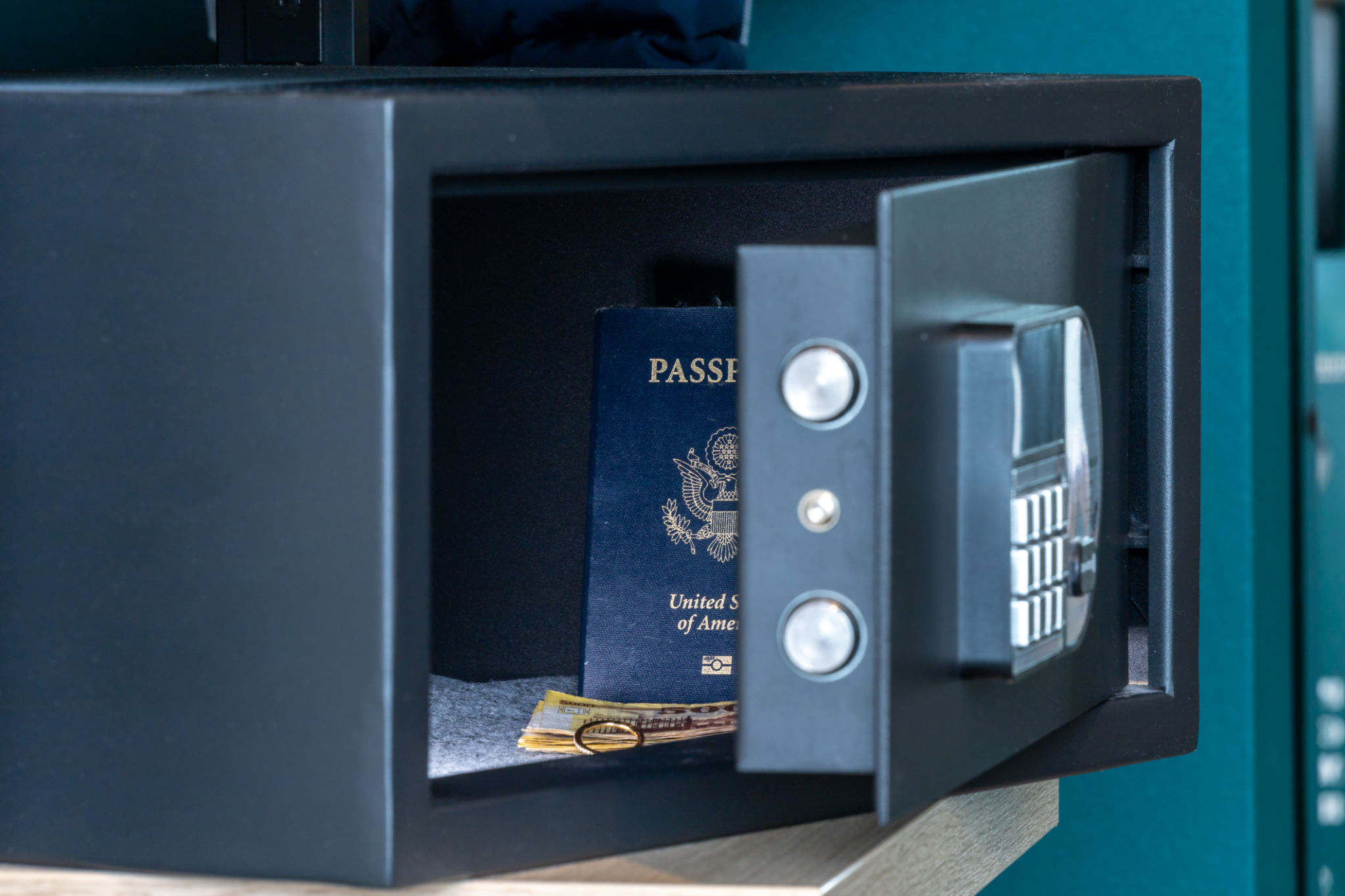Preparing Your Home for In-Home Nursing Care
Understanding Your Needs
Preparing your home for in-home nursing care involves evaluating the specific needs of the person receiving care. Start by assessing their medical requirements, mobility limitations, and daily routines. This will help create a tailored environment that not only supports their health but also enhances their comfort and safety. Working closely with healthcare professionals can provide additional insights into what might be required.
Creating a Safe Environment
Safety is paramount when setting up your home for in-home nursing care. Begin by removing any potential hazards such as loose rugs or electrical cords that could cause trips and falls. Consider installing grab bars in bathrooms and non-slip mats in areas prone to moisture. Ensure that all rooms are well-lit, especially pathways and staircases.

Adapting the Living Space
Adapting the living space is crucial for a comfortable care experience. If mobility is an issue, try to arrange everything on a single floor to avoid stairs. Clear pathways and ensure that furniture is arranged to allow easy movement for wheelchairs or walkers. It's also beneficial to install ramps if necessary.
Organizing Essential Supplies
Having essential supplies organized and within easy reach is critical for efficient in-home care. This includes medical supplies, medications, and daily necessities such as clothing and toiletries. Designate a specific area or storage space for these items to ensure they are readily accessible when needed.

Setting Up a Caregiver Station
A caregiver station can greatly enhance the efficiency of care provided. This area should include a comfortable chair, a small table, and storage for documentation and personal items. Providing a dedicated space for the caregiver helps maintain organization and ensures that everything needed is within arm's reach.
Ensuring Privacy and Comfort
Maintaining privacy and comfort for the individual receiving care is essential. Consider using room dividers or curtains to create private areas if multiple people share the living space. Personalize the room with familiar items like photographs or favorite decorations to create a comforting atmosphere.

Facilitating Communication
Effective communication between the caregiver, the individual receiving care, and family members is crucial. Install communication devices such as intercoms or mobile phones with speed dial to ensure that help can be summoned quickly if needed. Regular family meetings can also help keep everyone informed and involved in the care process.
Leveraging Technology
Technology can play a significant role in enhancing in-home nursing care. Consider using medical alert systems, health monitoring devices, or even smart home technology to improve safety and communication. These tools can provide peace of mind and enable caregivers to respond swiftly to any issues that may arise.
By taking these steps, you can create a supportive and nurturing environment for in-home nursing care, ensuring that both the individual receiving care and the caregivers have what they need to thrive.
